Home > Postpartum Health > Bladder Control > Recovery Solutions
My battle with constant leaking after childbirth had me hopeless… until I found this
Reading Time: 2 Minutes

Partnered With



If you've experienced bladder leaks after having a baby, you know how it can start small. Maybe just a tiny drip when you sneeze or cough. But what if it becomes constant, affecting every laugh, every step, every moment with your children? Is this just "normal" postpartum recovery - or is something deeper going on?
But what's actually normal?
It's completely natural for your pelvic floor to be weakened after childbirth. A few minor leaks in the first few weeks - it happens. But when it becomes persistent, when you're wearing pads every single day, when you can't pick up your own child without fear... that's when the frustration kicks in. So what really counts as a "normal" postpartum struggle?
If you've found yourself googling "why do I still leak urine months after birth" or desperately asking other moms if they're going through the same thing, you're not alone. The truth is, while bladder leaks are common after childbirth, they're definitely not something you should just "live with."
When you feel like you can't trust your own body anymore, when you're avoiding activities you love, when you're too embarrassed to even talk to your doctor about it... that's when you know this isn't just "normal recovery."
Why do some women recover from postpartum bladder leaks while others don't?
From a medical perspective, there's no single answer to why bladder control won't return, despite Kegels and pelvic floor exercises. However, leading pelvic health specialists and urogynecologists agree that persistent postpartum incontinence is often just a surface symptom of something much deeper. If you're still leaking months after delivery, it's almost never about muscle strength.
This means you could do Kegels perfectly for years and still leak... because you're trying to solve the wrong problem. It's like trying to fix a car that won't start by washing it over and over. You're working hard, but you're not addressing what's actually broken.
But how can we truly heal if we don't even know what's actually causing the disconnect?
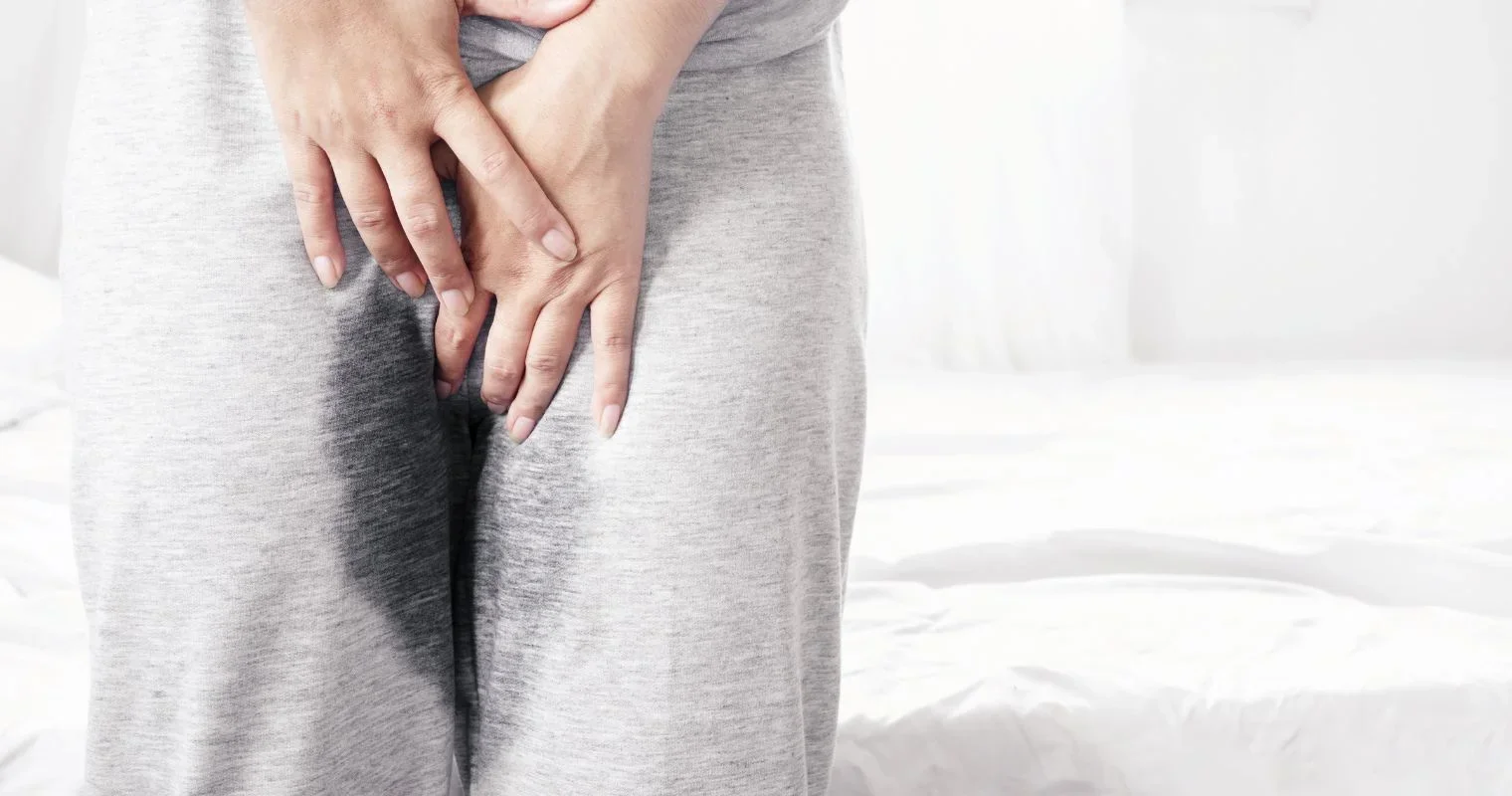
The exhausting cycle that keeps you stuck
Most people turn to pelvic floor exercises or expensive therapy the moment bladder leaks become a concern, a smart move to rule out simple muscle weakness. But in most cases, the real problem isn't a fitness issue. Many women battling postpartum incontinence find themselves caught in a frustrating pattern:
First, they try the "obvious" solutions: Doing Kegels religiously (sometimes hundreds per day), following YouTube workout videos, buying specialized apps or devices, even spending hundreds on pelvic floor physical therapy.
But then the doubt creeps in:
- "I don't know if I'm doing it right"
- "It feels numb down there"
- "I try, but nothing happens"
This behavior, often dismissed as "just needing more practice," can actually be a sign of something much deeper. Despite popular beliefs that it's just weak muscles or poor technique, modern pelvic health experts have identified more meaningful root causes.
What you can do to help your body
Dr. Jennifer Matthews, a leading pelvic floor specialist, recently published research that's turning everything we thought we knew about postpartum incontinence upside down.
"For decades, we've been treating postpartum bladder leaks like it's just weak muscles," Dr. Matthews explains. "But new research shows the real issue is neurological. During childbirth, the pudendal nerve, which controls your pelvic floor muscles, gets stretched, compressed, or even partially damaged."
Think of it like this: Imagine trying to move your hand after it's been completely numb from sleeping on it wrong. You can think "move my fingers" all you want, but your brain can't control those muscles properly until the feeling comes back. That's what's happening when you do Kegels after nerve trauma. Your brain is trying to activate your pelvic floor, but it can't control those muscles the way it used to.
It's not your fault. Your brain literally can't control your pelvic floor muscles properly anymore.
The most common underlying causes include:
- Nerve pathway disruption from childbirth trauma
- Brain-muscle communication breakdown
- Tissue inflammation preventing proper healing
Breakthrough solution targets root causes of postpartum bladder leaks... naturally
Our partner, working with pelvic floor specialists and biomedical engineers have developed a breakthrough external device that uses gentle electrical stimulation combined with therapeutic heat to retrain your pelvic floor muscles, bypassing the damaged nerve pathways entirely. This FDA-cleared solution has already helped thousands of women restore their bladder control without surgery, medication, or invasive procedures.
Revolutionary Innovation: "Restore natural pelvic floor function, rebuild confidence, and reclaim your freedom!"
✓ Works even when you can't feel or control your pelvic floor
✓ Developed by pelvic health specialists
✓ Rebuilds the brain-muscle connection that childbirth severed
✓ Completely external and non-invasive
✓ Easy & comfortable to use at home
✓ FDA-cleared for safety
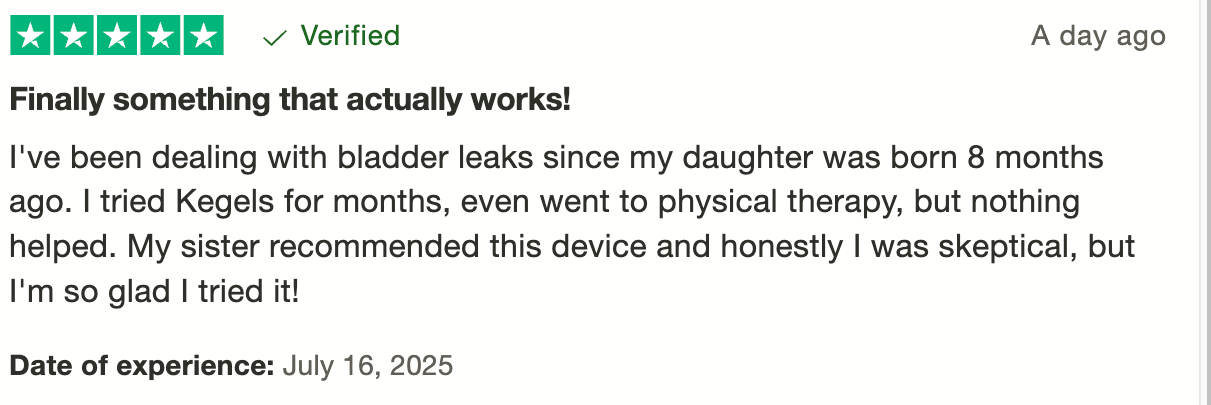

Over 50,000 new moms trust this breakthrough bladder control solution
With over 50,000 satisfied customers, this device has quickly become one of the most trusted names in the postpartum recovery space. For more than three years, our team has worked closely with pelvic floor physical therapists, urogynecologists, and biomedical engineers to create targeted solutions for modern motherhood challenges. This device is already a bestseller with many moms ordering a second one for friends who are struggling. Because of high demand, stock is extremely limited.

Here's what makes this solution different from everything you've tried before
It uses a revolutionary dual-action approach that works even when your brain can't properly "talk" to your pelvic floor muscles.
The electrical stimulation (NMES) makes your pelvic floor muscles contract automatically, without you having to control them consciously. This is crucial because when the pudendal nerve is damaged from childbirth, you literally can't control these muscles properly through willpower alone.
The therapeutic heat helps restore feeling to the area and improves blood flow for healing. Many women can't even feel their pelvic floor after delivery, but the warmth helps "wake up" those sensations again while promoting recovery of the damaged tissues.
Together, this combination doesn't just strengthen your muscles, it actively rebuilds the neural pathways that control them, giving you back the mind-muscle connection that childbirth interrupted.
Why timing matters
Research shows the first 6-12 months postpartum are critical for pelvic floor recovery. The longer you wait, the more established these dysfunctional patterns become. Every day you continue to compensate for weak pelvic floor muscles, your body develops workarounds that make the original problem harder to fix.
But here's the encouraging news: even if you're years postpartum, this approach has helped women who had given up hope. Because it works directly with your body's natural healing mechanisms, it's never too late to start rebuilding that connection.
Reclaim your confidence and freedom... only while stock lasts!
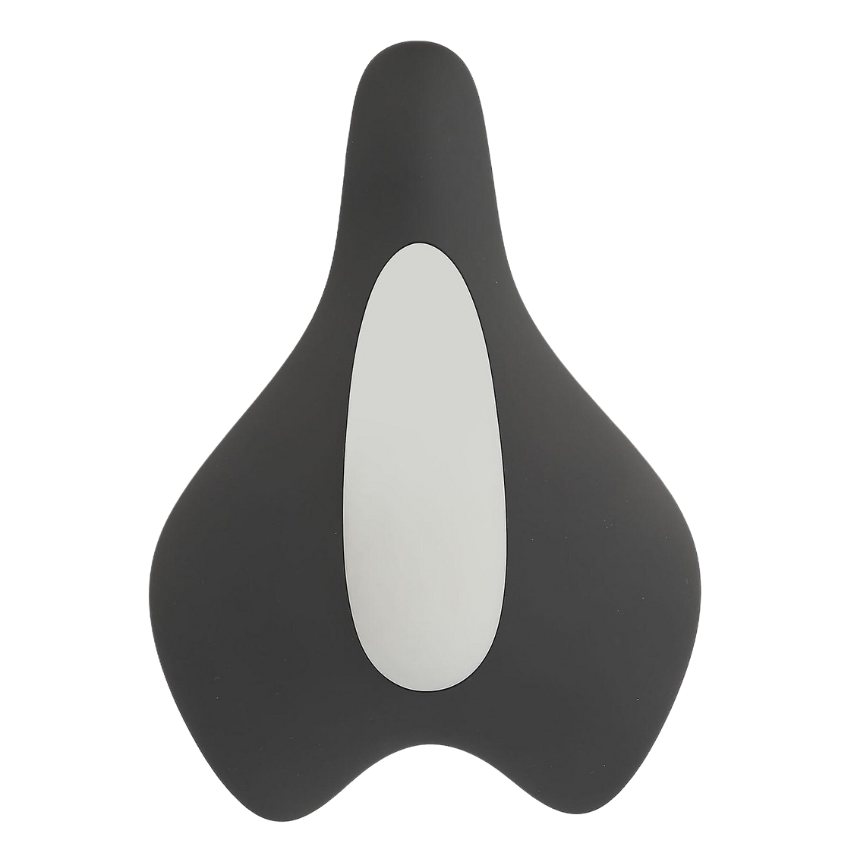
Starter Kit: "Rebuild your brain-muscle connection and stop bladder leaks naturally!"
✓ 1x PulseLift™ - Your At-Home Bladder PT
✓ Bladder Health & Nutrition Plan
✓ Kegel Contraction Guid
✓ Fast shipping
90-Day Money-Back Guarantee
Don't let another month pass feeling like a prisoner in your own body. Join the thousands of mothers who've already reclaimed their freedom.
Postpartum Health > Bladder Control > Recovery Solutions
My battle with constant leaking after childbirth had me hopeless… until I found this
Reading Time: 2 Minutes

Partnered With



If you've experienced bladder leaks after having a baby, you know how it can start small. Maybe just a tiny drip when you sneeze or cough.
But what if it becomes constant, affecting every laugh, every step, every moment with your children? Is this just "normal" postpartum recovery or is something deeper going on?
But what's actually normal?
It’s completely natural for your pelvic floor to be weakened after childbirth. A few minor leaks in the first few weeks... it happens.
But when it becomes persistent, when you’re wearing pads every single day, when you can’t pick up your own child without fear… that’s when the frustration kicks in. So what really counts as a “normal” postpartum struggle?
If you’ve found yourself googling "why do I still leak urine months after birth" or desperately asking other moms if they’re going through the same thing, you’re not alone.
The truth is, while bladder leaks are common after childbirth, they’re definitely not something you should just “live with.”
When you feel like you can’t trust your own body anymore, when you’re avoiding activities you love, when you’re too embarrassed to even talk to your doctor about it… that’s when you know this isn’t just “normal recovery.”

Why do some women recover from postpartum bladder leaks while others don't?
From a medical perspective, there's no single answer to why bladder control won't return, despite Kegels and pelvic floor exercises. However, leading pelvic health specialists and urogynecologists agree that persistent postpartum incontinence is often just a surface symptom of something much deeper.
If you're still leaking months after delivery, it's almost never about muscle strength.
This means you could do Kegels perfectly for years and still leak... because you're trying to solve the wrong problem.
But how can we truly heal if we don't even know what's actually causing the problem?
The exhausting cycle that keeps you stuck
Most people turn to pelvic floor exercises or expensive therapy the moment bladder leaks become a concern... a smart move to rule out simple muscle weakness. But in most cases, the real problem isn’t a fitness issue.
Many women battling postpartum incontinence find themselves caught in a frustrating pattern:
First, they try the "obvious" solutions: doing Kegels religiously (sometimes hundreds per day), following YouTube workout videos, buying specialized apps or devices, even spending hundreds on pelvic floor physical therapy.
But then the doubt creeps in:
- "I don't know if I'm doing it right"
- "It feels numb down there"
- "I try, but nothing happens"
This behavior, often dismissed as "just needing more practice," can actually be a sign of something much deeper.

What you can do to help your body
Recent research from leading pelvic health specialists is turning everything we thought we knew about postpartum incontinence upside down.
For decades, we've been treating postpartum bladder leaks like it's just weak muscles, but new studies show the real issue is neurological. During childbirth, the pudendal nerve, which controls your pelvic floor muscles, gets stretched, compressed, or even partially damaged.
That's what's happening when you do Kegels after nerve trauma. Your brain is trying to activate your pelvic floor, but it can't control those muscles the way it used to.
It's not your fault. Your brain literally can't control your pelvic floor muscles properly anymore.
Breakthrough solution targets root causes of postpartum bladder leaks... naturally
Our partners, working with pelvic floor specialists and biomedical engineers, have developed a breakthrough external device designed to retrain pelvic floor muscles. This FDA-cleared solution has already helped thousands of women restore bladder control.
Revolutionary Innovation: "Restore natural pelvic floor function, rebuild confidence, and reclaim your freedom!"
✓ Works even when you can't feel or control your pelvic floor
✓ Developed by pelvic health specialists
✓ Completely external and non-invasive
✓ Easy & comfortable to use at home
✓ FDA-cleared for safety
✓ Rebuilds the brain-muscle connection that childbirth severed

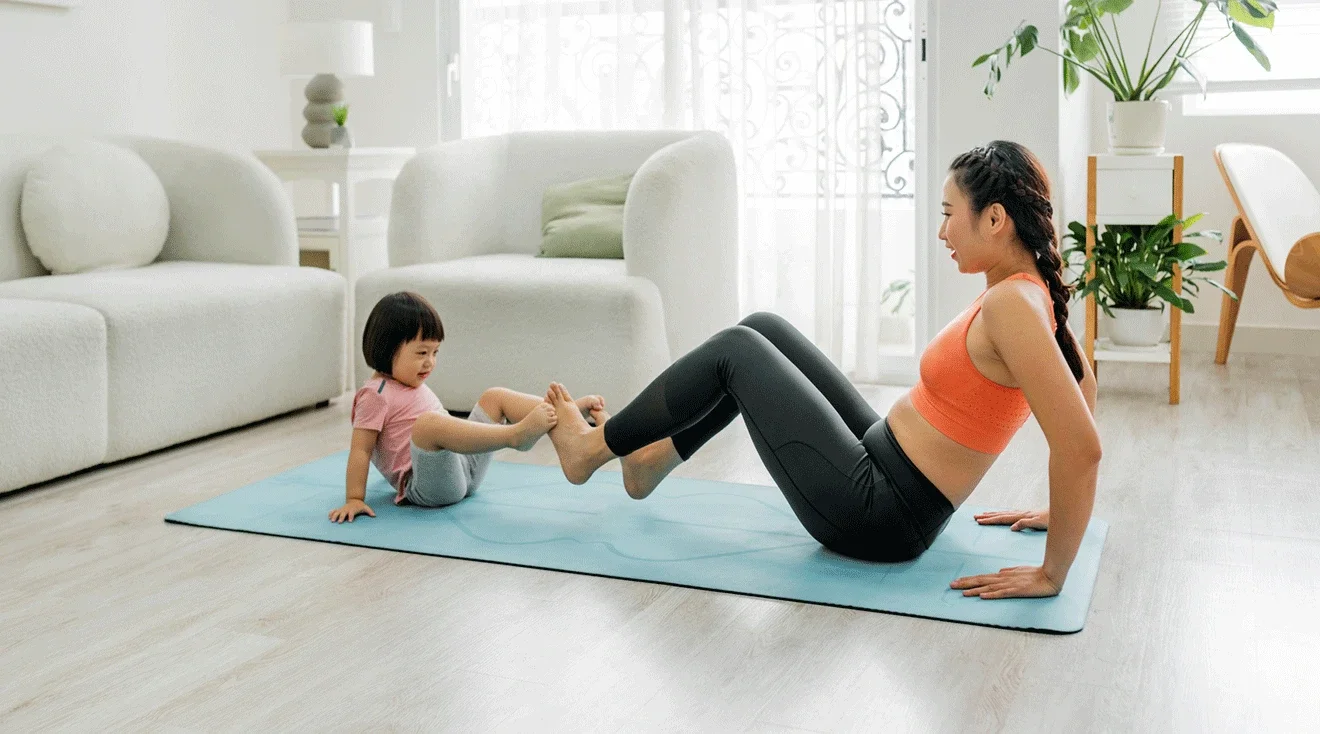
More than 50,000 new moms trust this proven solution
With over 50,000 satisfied customers, this device has quickly become one of the most trusted names in the postpartum recovery space.
For more than three years, our team has worked closely with pelvic floor physical therapists, urogynecologists, and biomedical engineers to create targeted solutions for modern motherhood challenges.
Because of high demand, stock is extremely limited.
Here's what makes this solution different from everything you've tried before
It uses a revolutionary dual-action approach that works even when your brain can't properly "talk" to your pelvic floor muscles.
The electrical stimulation (NMES) makes your pelvic floor muscles contract automatically, without you having to control them consciously.
This is crucial because when the pudendal nerve is damaged from childbirth, you literally can't control these muscles properly through willpower alone.
The therapeutic heat helps restore feeling to the area and improves blood flow for healing.
Together, this combination doesn't just strengthen your muscles, it actively rebuilds the neural pathways that control them, giving you back the mind-muscle connection that childbirth interrupted.

Why timing matters
Research shows the first 6–12 months postpartum are critical for pelvic floor recovery. The longer you wait, the more established these dysfunctional patterns become. Every day you continue to compensate for weak pelvic floor muscles, your body develops workarounds that make the original problem harder to fix.
But here’s the encouraging news: even if you’re years postpartum, this approach has helped women who had given up hope. Because it works directly with your body’s natural healing mechanisms, it’s never too late to start rebuilding that connection.
Reclaim your confidence and freedom... only while stock lasts!
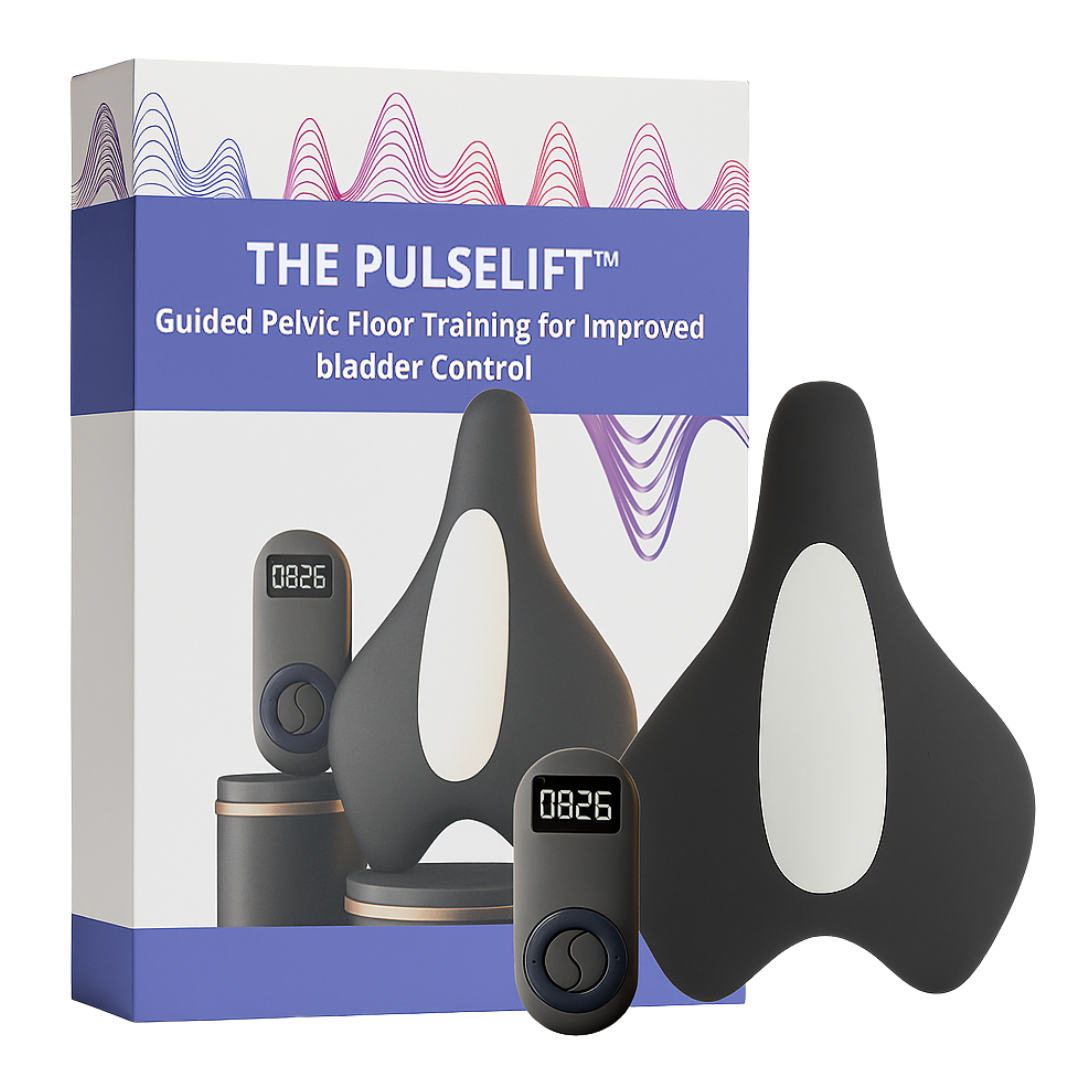
Starter Kit: "Rebuild your brain-muscle connection and stop bladder leaks naturally!"
✓ 1x PulseLift - Pelvic Floor PT
✓ Comprehensive Training Program
✓ 30-Day Quick Start Guide
✓ Fast shipping
90-Day Money-Back Guarantee
Try our pelvic floor recovery system completely risk-free. We're so confident in the results, we'll refund your money in full if you're not satisfied... for any reason.
